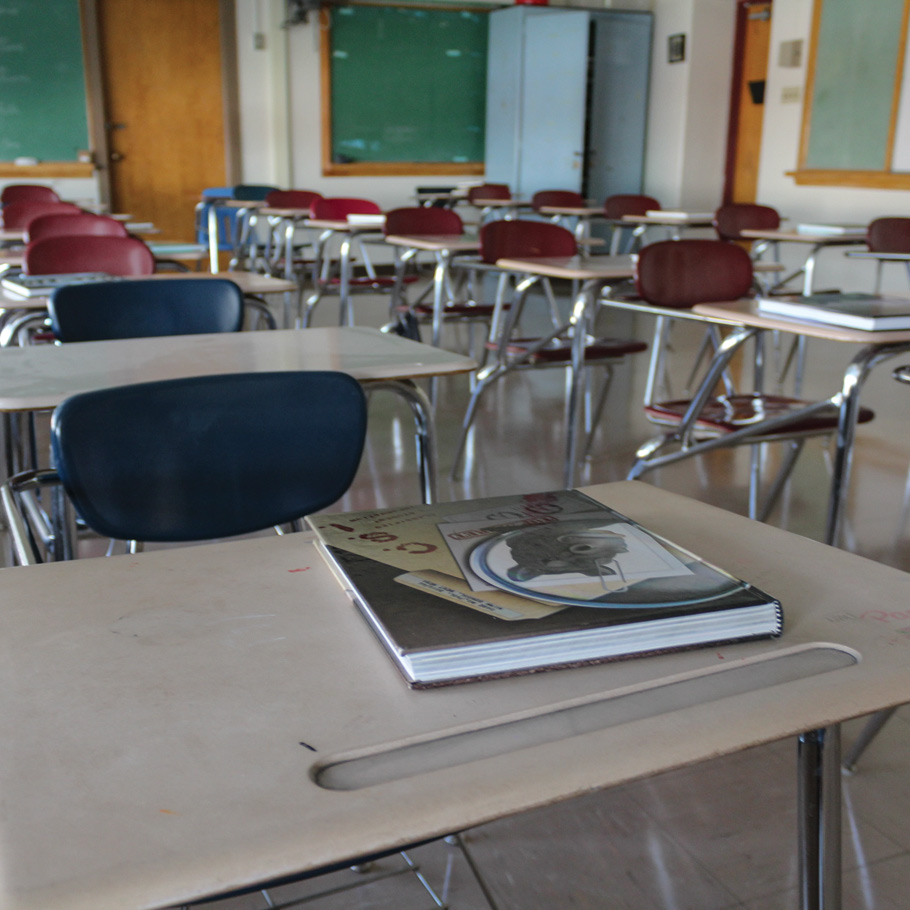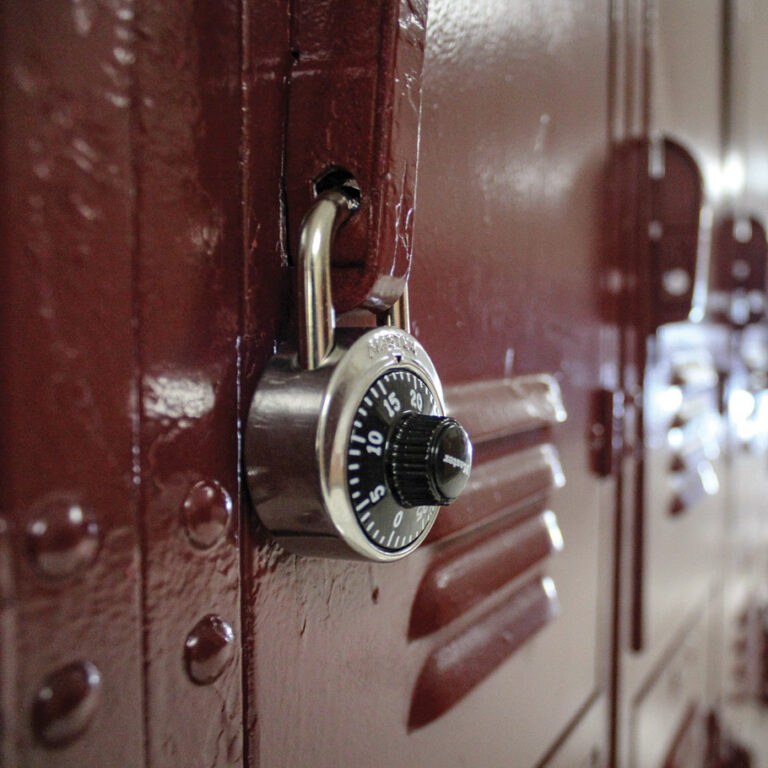Education Reform In New Mexico
The Past And The Future Come Together At School


Corey Yazzie

Corey Yazzie

Corey Yazzie








